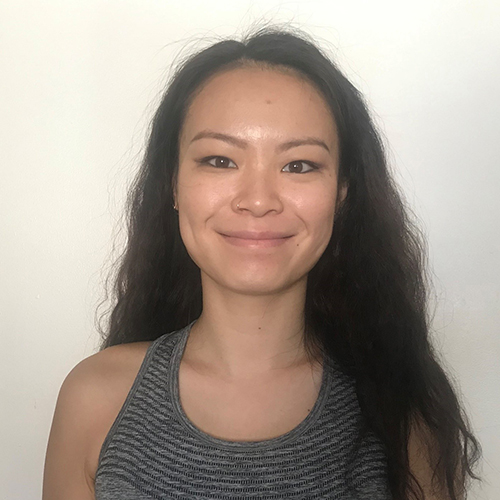
Alba Menéndez Pereda: Biography
Alba Menéndez Pereda is a Ph.D. Candidate in the Interdepartmental Archaeology Program housed within the Cotsen Institute of Archaeology at the University of California, Los Angeles. She received her bachelor’s degree (B.A.) in archaeology from Durham University, and completed her master’s (M.Phil.) at the University of Cambridge with a focus on the archaeology of the Indigenous Americas. Alba has participated in numerous archaeological research projects spanning various cultures and time periods, for which she has conducted fieldwork in England, Italy, Spain, and Peru as part of university-affiliated and cultural resource management teams. Alba’s ongoing doctoral research is based in the former heartland of the Inca Empire in South America where she studies Inca conceptions, materialization, and expression of sacredness. As a committed proponent of public archaeological engagement and accessibility, she organizes public lecture series focused on Andean material and visual cultures, and creates educational content for digital outreach initiatives.
Alba Menéndez Pereda: Project Summary
Alba’s research is focused on Inca conceptions of the sacred, their materialization and expression through the built environment and material culture, and their reification through multisensorial embodied experiences as part of ritual performances sponsored by the state. Ultimately, she aims to discern what set imperial Inca sacred sites apart from other examples of elite architecture built at the height of the empire (approximately 1440–1532 C.E.) in the Inca heartland. With the support of the AIA-OC grant, Alba seeks to shed light on the users of the religious complex of the Coricancha which is located in the former Inca imperial capital of Cuzco. To do so, she will work at archives and museums in the city analyzing documentary evidence and archaeological legacy collections that were excavated within and around the Inca temple. This data will serve as a window into the ordinary and extraordinary activities that took place within the ceremonial precinct and its surroundings, as well as the individuals—male and female religious specialists and support personnel—who were responsible for the running of the temple and the performance of sacred ceremonies.

Yaohan Wu: Biography
Yaohan is a Ph.D candidate at the Anthropology Department of University of California, San Diego. As a bioarchaeologist, she is interested in employing interdisciplinary research to understand how population in prehistoric times adapted to the geoenvironmental stressors around them and how the different foodways they utilized impacted their health. In particular, she studies the changes in past population’s lifestyle in relation to the domestication and management of animals in prehistoric China. Some of Yaohan’s previous research include reconstructing migration patterns in Bronze Age Tuckey through dental morphology, modeling stone toolmaking among fossil hominins through entheses on hands and forearms, and the growth of auditory exostoses related to deepwater diving. Her currently project focuses on the relationship between animal-human interaction and zoonotic diseases at Northwest China during the late Neolithic.
Yaohan Wu: Project Summary
Yaohan’s project explores human-animal relationships and the corresponding pathways to zoonotic transmission by studying the emergence of zoonotic diseases. Specifically, she examines how the transmission of diseases is correlated to different stages of animal domestication in the Gansu province of China during 3rd and 2nd millennium BC, during which populations were in contact with other regions in China as may be inferred from existing archaeological materials documenting pottery exchanges with central China, imported jade from eastern China, and plant and animal domesticates from Central Asia. In analyzing the material from my study site Mogou, she will document the trends of animal-human interactions as its populations experimented with varieties of animal husbandry. She examines how the types of animal husbandry practiced at the time relate to the transmission of zoonotic diseases as inferable from the osteological remains, as well as by performing δ13C, δ15N & δ18O stable isotopic analysis on faunal remains and ancient DNA analysis on human remains.
Her project is significant because humans have continued to intensify animal use in ways that may precipitate the spread of zoonotic diseases since the start of Holocene. The recent Covid-19 pandemic reminds us that if anything, this long-term process is accelerating in the modern age. Zoonotic diseases, caused by pathogens of non-human animal origin, make up most emerging infectious diseases affecting human populations around the globe: of the 1,415 identified species of infectious organisms that can cause ailments in humans, 61% are classified as zoonotic. Understanding the transmission process is critical in understanding how humans lived and adapted alongside animals despite the resulting pathogen transmission. However, most research effort so far on reducing the impacts of emerging diseases are focused on ad hoc outbreak control and vaccine development. Her project will be the first study ever done to cover both faunal and human evidence and report the animal husbandry types that promote zoonotic diseases.
